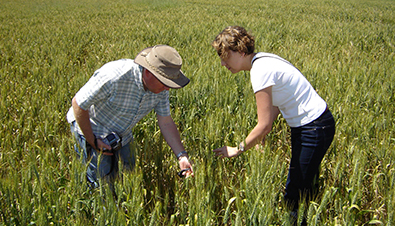
Pan traps are used to monitor aphids, wasps, and some other small insects. Pan traps (also called water pan traps) are simple shallow dishes filled with a soapy water or a preservative and killing agent such as antifreeze.

The Malaise trap, a more complex type, is a mesh tent-like trap that captures insects that tend to fly up rather than down when impeded.

Barrier traps consist of a simple vertical sheet or wall that channels insects down into collection containers. These traps are designed to catch flying or wind-blown insects.Ī sticky insect trap used to monitor pest populationsįlight interception traps or are net-like or transparent structures that impede flying insects and funnel them into collecting. īaited shelter traps such " Roach Motels" and similar enclosures often have adhesive material inside to trap insects. Shelter traps, or artificial cover traps, take advantage of an insect's tendencies to seek shelter in loose bark, crevices, or other sheltered places. Sticky traps are widely used in agricultural and indoor pest monitoring. Baitless ones are nicknamed "blunder" traps, as pests might blunder into them while wandering or exploring. Sticky traps may be simple flat panels or enclosed structures, often baited, that ensnare insects with an adhesive substance. Light traps can attract flying and terrestrial insects, and lights may be combined with other methods described below. Farrow's light trap has a large base so that it captures insects that may otherwise fly away from regular light traps. Grasshoppers and some beetles are attracted to lights at a long range but are repelled by it at short range. Total species richness and abundance of trapped moths may be influenced by several factors such as night temperature, humidity and lamp type. Light traps are widely used to survey nocturnal moths. Designs differ according to the behavior of the insects being targeted. Light sources may include fluorescent lamps, mercury-vapor lamps, black lights, or light-emitting diodes. Light traps, with or without ultraviolet light, attract certain insects. Some common varieties are described below Insect traps vary widely in shape, size, and construction, often reflecting the behavior or ecology of the target species. Synthetic attractants like methyl eugenol are very effective with tephritid flies.


Mosquitoes and many other insects are attracted by bright colors, carbon dioxide, lactic acid, floral or fruity fragrances, warmth, moisture and pheromones. Flies and wasps are attracted by proteins. The trap mechanism or bait can vary widely. This information may then be used in other pest management approaches. Insect traps are sometimes used in pest management programs instead of pesticides but are more often used to look at seasonal and distributional patterns of pest occurrence. Chemical attractants or pheromones may attract only a specific sex. Visual lures use light, bright colors and shapes to attract pests. They typically use food, visual lures, chemical attractants and pheromones as bait and are installed so that they do not injure other animals or humans or result in residues in foods or feeds. Insect traps are used to monitor or directly reduce populations of insects or other arthropods, by trapping individuals and killing them. An insect trap mounted onto a pickup truck, for collection of nocturnal species.


 0 kommentar(er)
0 kommentar(er)
